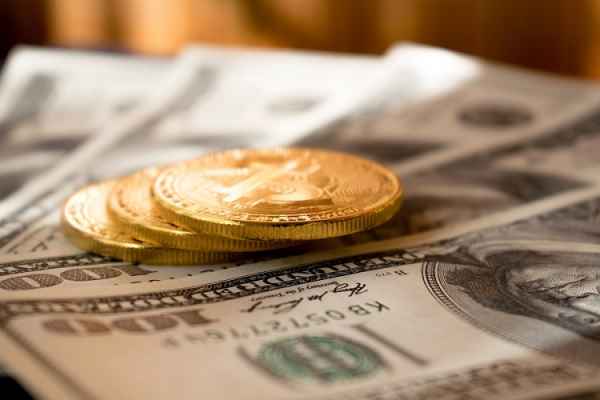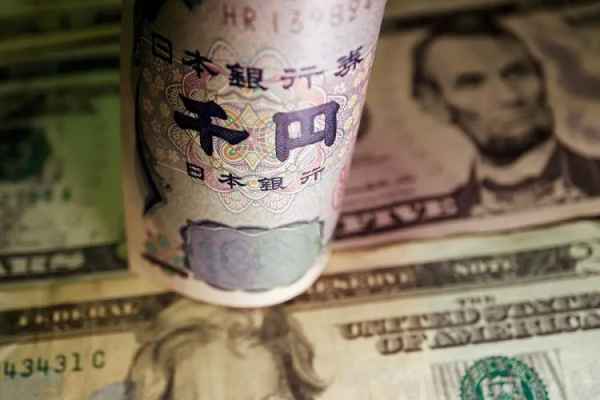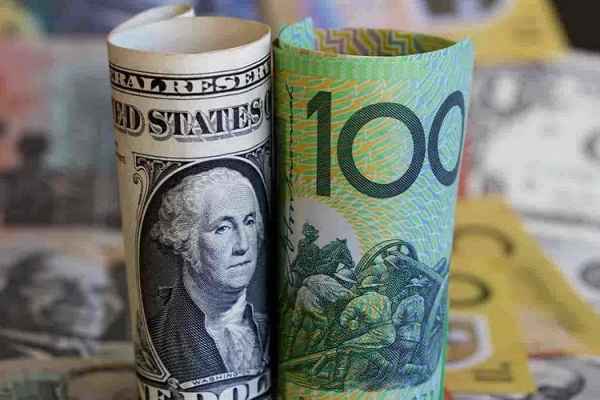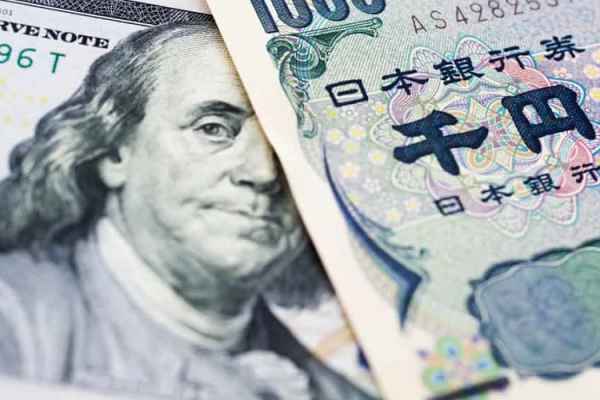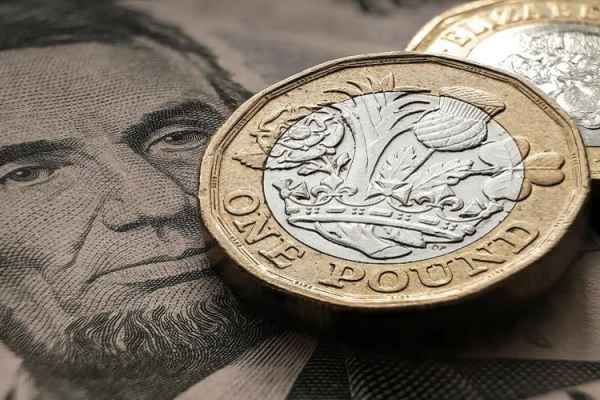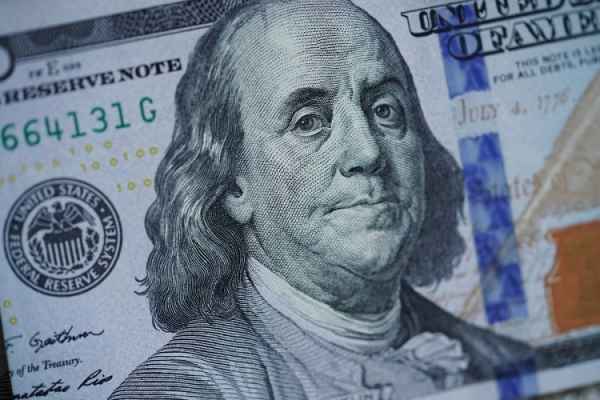The release of several recent US economic data was not encouraging, but a reassessment of global interest rate expectations and market risks has benefited the US dollar.
The US Dollar Index (DXY) surged nearly 1% to close above the 102.00 threshold in Thursday's trading. Despite disappointing US economic data releases, reevaluating global interest rate expectations and market risk benefited the US dollar.
As of the early Friday Asia session (May 12), the DXY slightly eased to 102.01, but the US dollar continued to dominate some major currency pairs. AUD/USD remained under pressure at its lowest level in a week, while EUR/USD struggled near its three-week low.
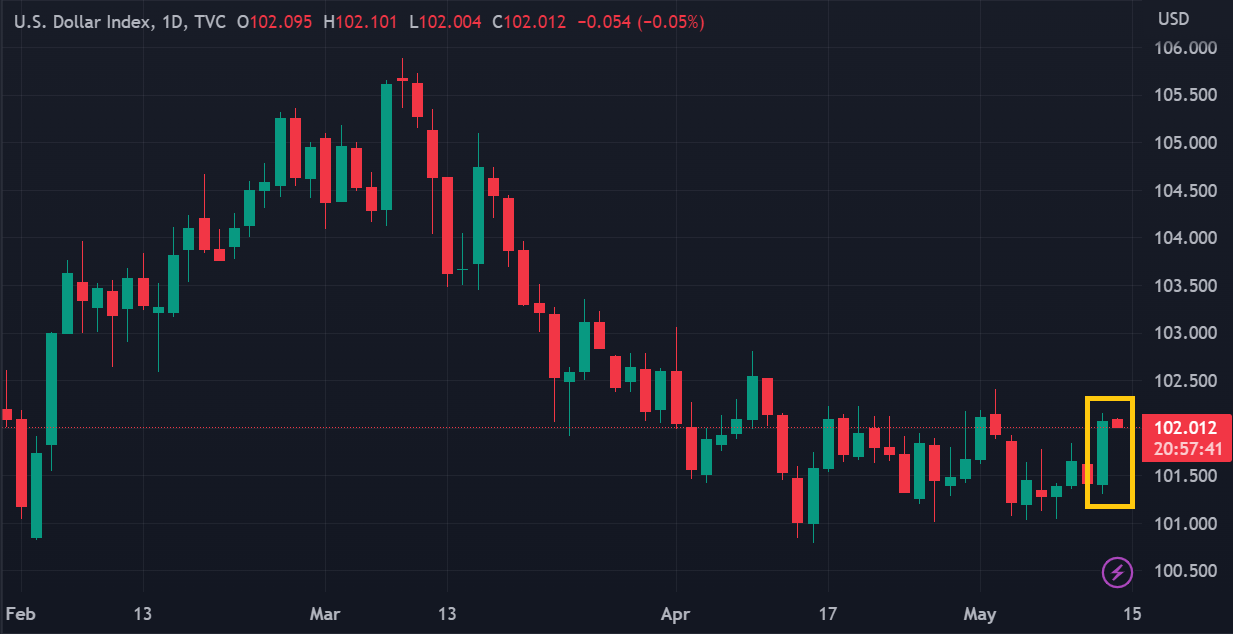 DXY Daily chart via TradingView
DXY Daily chart via TradingView
Two medium-impact economic reports released during yesterday's New York session fell short of expectations. Weekly jobless claims rose significantly in the past year and a half, while PPI inflation data also recorded the smallest annual growth in over two years.
This indicates a decrease in inflation pressure but has not yet reached The Fed's target. This means that The Fed doesn't need to raise interest rates again shortly, but it will likely maintain them at their current high levels.
This conclusion is consistent with the translation of The Fed's FOMC statement and several previous US economic reports, so it did not significantly impact the greenback. On the other hand, the market has assessed that the direction of monetary policy in some major countries is not as hawkish as previously expected. The difference in interest rate expectations between The Fed and some major central banks has narrowed, increasing demand for the US dollar.
"I think the market is starting to rethink the outlook for the Fed cutting rates after inflation, while lower, remained on the high side. The dollar stands to gain if markets pull rate cuts off the table, a scenario that would allow it to retain its yield advantage for longer," said Joe Manimbo, senior market analyst, at Convera in Washington.
"After the ECB and the Bank of England, you start to get the sense that any further rate hikes from Europe might be more modest in scope than previously thought. If some people are questioning the Fed cutting rates, and at the same time the market sees less upside for interest rates abroad, that helps to level the playing field when it comes to foreign exchange."
On Thursday, economic data from China also showed a bumpy recovery from the pandemic. This weighed on market risk sentiment while also putting pressure on currencies closely related to the Panda country.
"The Chinese data overnight was a little surprising. And if you couple that with the reopening hype that's been going on for a few months, let's be honest, it just really hasn't happened," said Erik Bregar, director of FX & precious metals risk management at Silver Gold Bull in Toronto. "So, it just felt like a reaction to take off risk more broadly...Let's buy the dollar. Put on some safer bets, or unwind some of the riskier bets."

 Dedicated FREE FOREX VPS
Dedicated FREE FOREX VPS Free FOREX Virtual Private Server
Free FOREX Virtual Private Server MT4 Demo Contest, Get $500
MT4 Demo Contest, Get $500 Sign Up for an Account, Claim 60% Deposit Bonus
Sign Up for an Account, Claim 60% Deposit Bonus Free MT4/MT5 VPS 2024
Free MT4/MT5 VPS 2024 Send E-mail and Get Free Merchandise
Send E-mail and Get Free Merchandise $1K Refer a Friend Bonus for Pepperstone Pro clients
$1K Refer a Friend Bonus for Pepperstone Pro clients Maximize Your Earnings with 100% Deposit bonus
Maximize Your Earnings with 100% Deposit bonus Trade to Win, $5,000 Monthly Demo Contest
Trade to Win, $5,000 Monthly Demo Contest Claim 30% + 15% Deposit Bonus from LiteFinance
Claim 30% + 15% Deposit Bonus from LiteFinance
